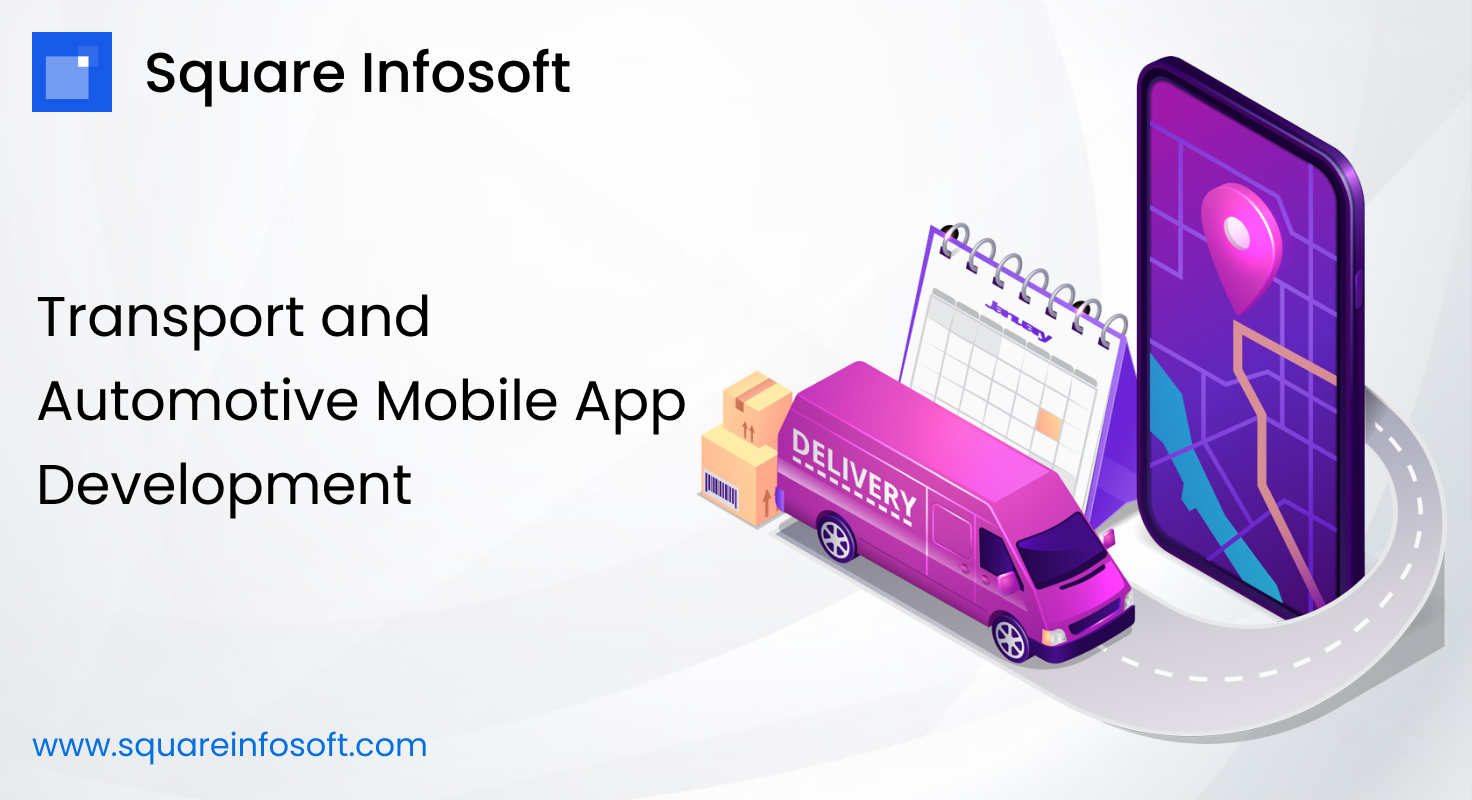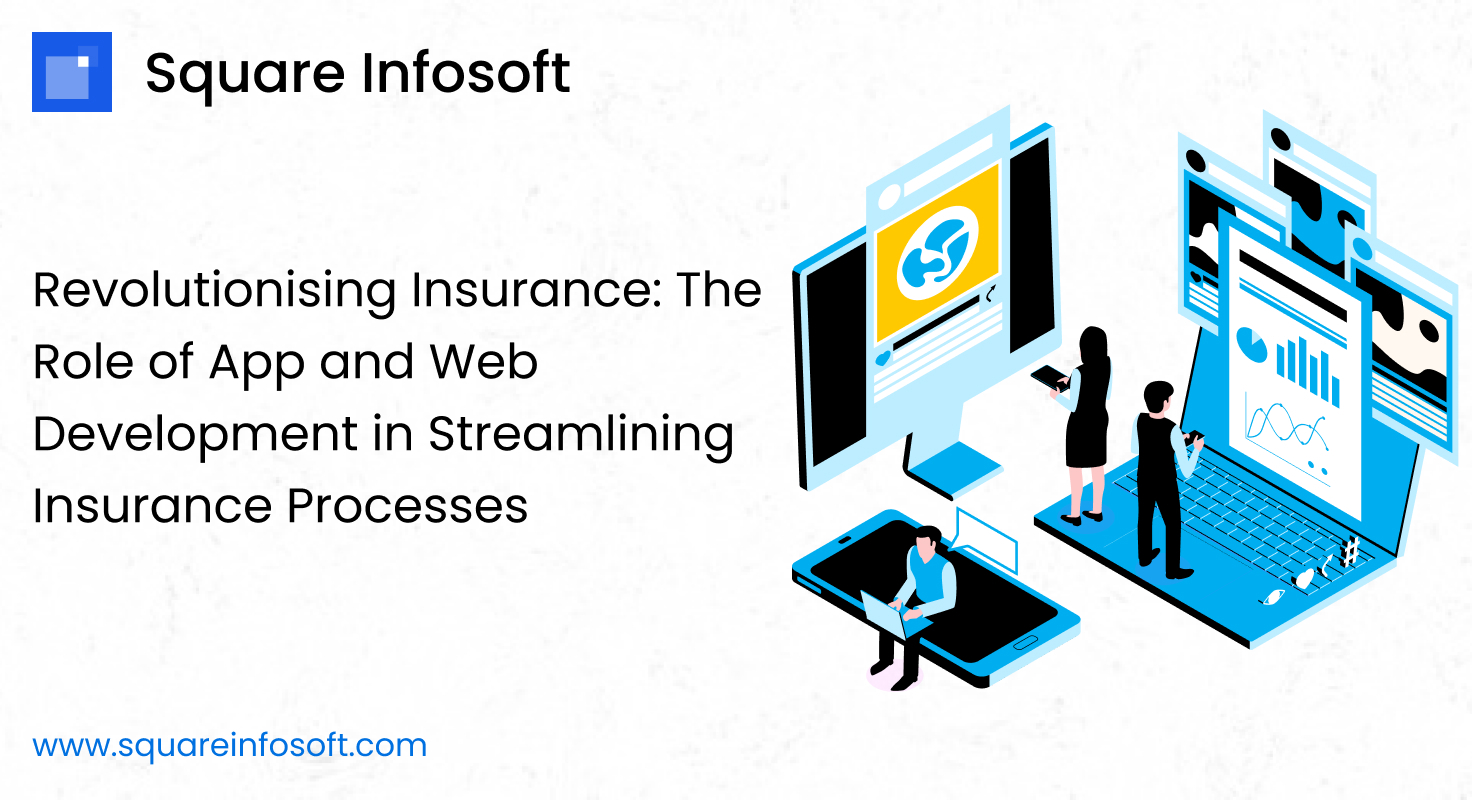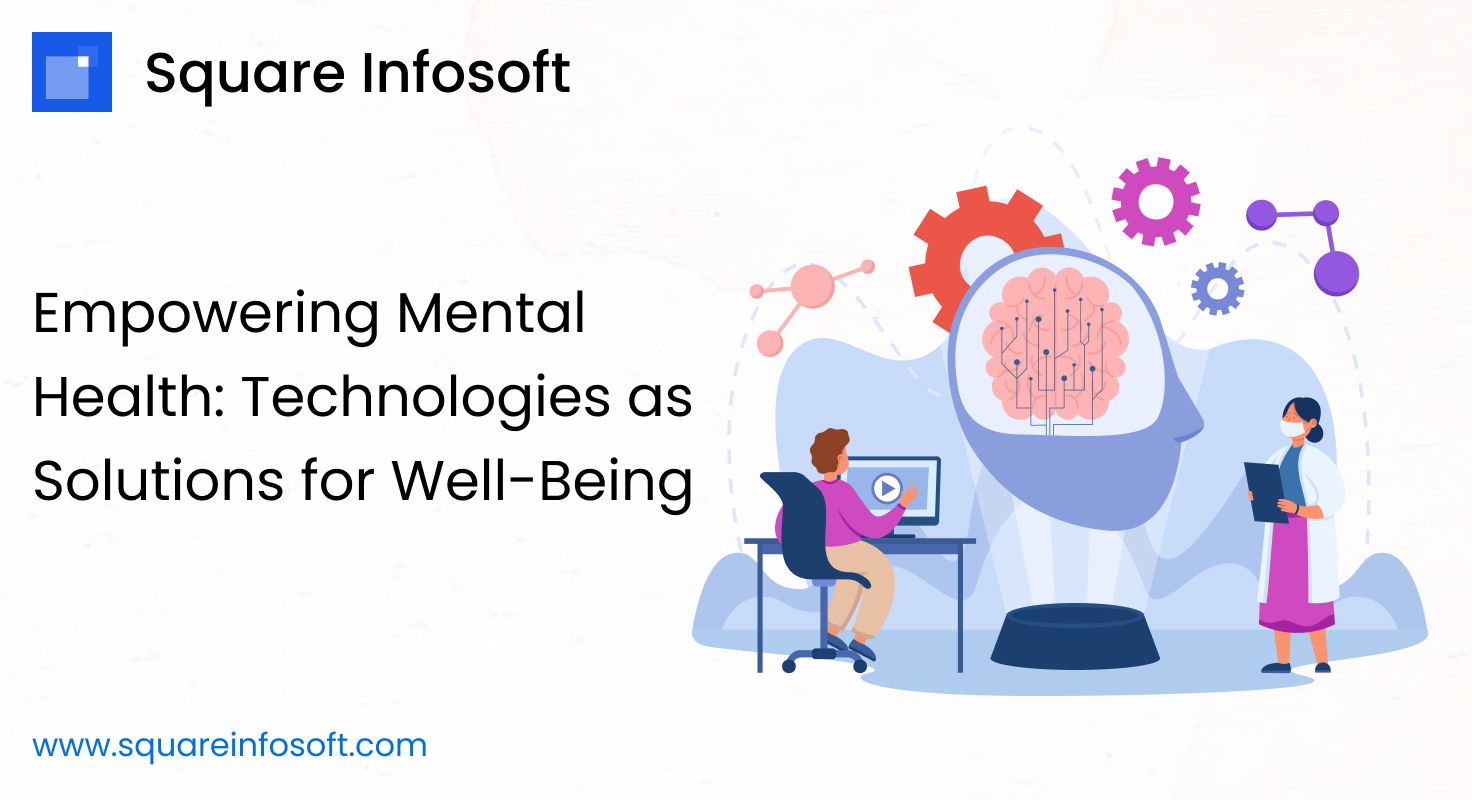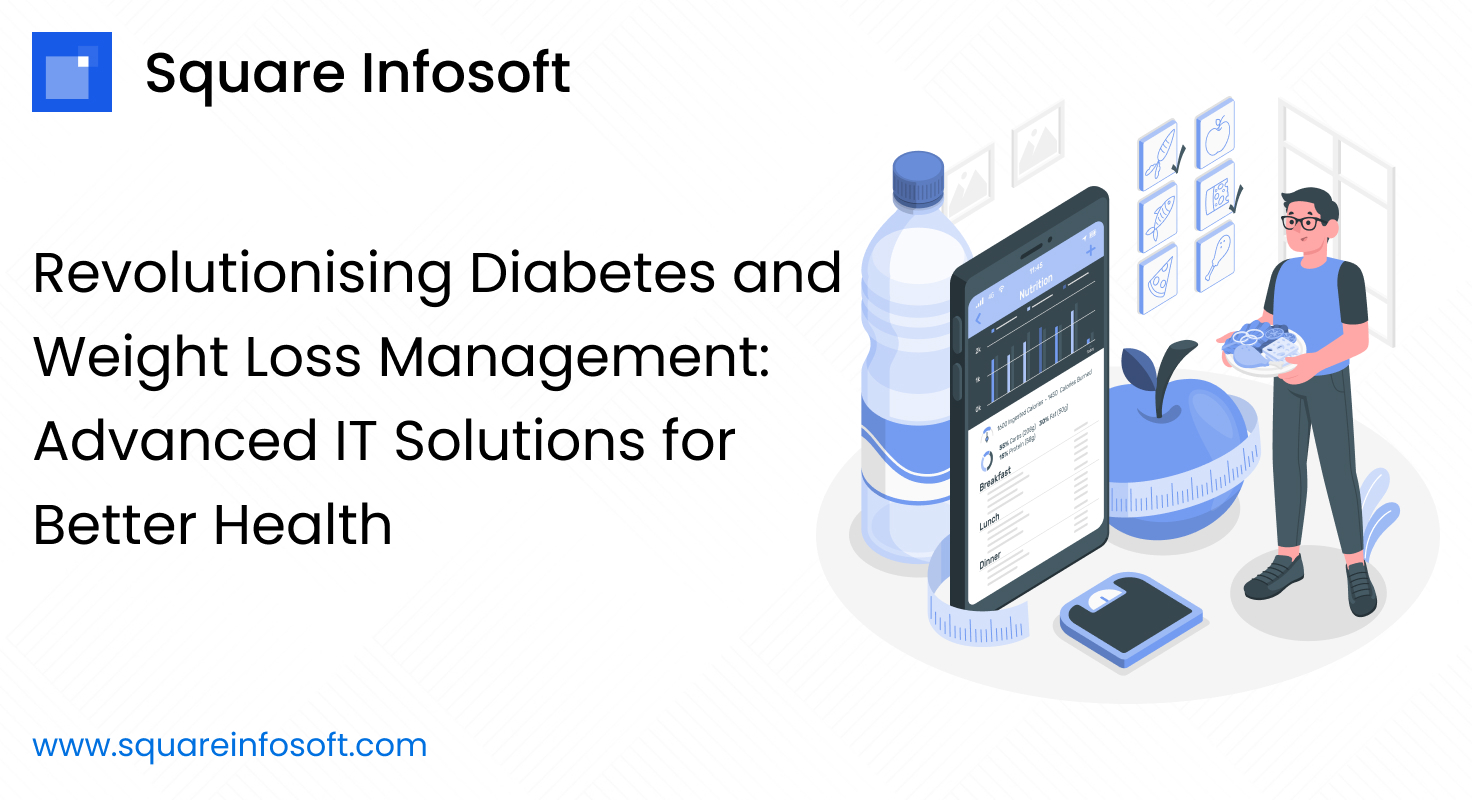Developing a transport and automotive mobile app can improve the way people access transportation services, manage vehicles, and stay informed about automotive-related information. Here’s a concise guide to help you create a successful transport and automotive app:
1. Define Your App’s Focus:
- Decide whether your app will focus on ride-sharing, vehicle management, automotive news, or a combination of these.
2. Core Features for Ride-Sharing App:
- User Registration: Allow users to create accounts and profiles.
- Ride Booking: Implement a user-friendly interface for booking rides.
- Real-Time Tracking: Provide GPS-based tracking of vehicles and estimated arrival times.
- Payments: Integrate secure payment gateways for cashless transactions.
- Ratings and Reviews: Allow users to rate drivers and leave feedback.
3. Core Features for Vehicle Management App:
- Vehicle Profiles: Let users add and manage information about their vehicles.
- Maintenance Reminders: Offer tools to set and receive vehicle maintenance alerts.
- Fuel and Expense Tracking: Allow users to record fuel expenses and maintenance costs.
- Mileage Tracking: Provide mileage tracking features for expense reports.
4. Design and User Experience (UX):
- Create an intuitive and visually appealing interface.
- Prioritize ease of use and clear navigation.
5. Platform and Technology Selection:
- Choose the platforms (iOS, Android, or both) and programming languages (Swift, Kotlin/Java) that align with your target audience.
6. Development:
- Develop the app’s front-end and back-end components, including user registration, ride booking, or vehicle management features.
- Implement secure authentication and data protection measures.
7. Integration:
- Integrate with third-party APIs for location-based services, payment processing, and vehicle maintenance databases.
8. Testing and Quality Assurance:
- Thoroughly test the app for functionality, performance, and security.
- Ensure compatibility with various devices and screen sizes.
9. Deployment:
- Publish the app on app stores (Apple App Store, Google Play Store) following their guidelines.
- Create informative app descriptions and visuals.
10. Marketing and User Acquisition:
- Develop a marketing strategy to attract users (online advertising, referral programs, partnerships).
- Offer incentives for user referrals or initial bookings.
11. Continuous Improvement:
- Gather user feedback to make regular updates and enhancements.
- Keep up with industry trends, regulations, and user preferences.
12. User Support:
- Provide channels for user support and inquiries within the app.
- Ensure prompt and helpful responses to user concerns.
A well-designed transport and automotive the development holds immense potential for revolutionizing the way people interact with transportation services and manage their vehicles. By following the concise guide outlined above, app developers can create innovative solutions that cater to various needs within the transport and automotive industry.
Defining the app’s focus is the first crucial step, whether it’s centered around ride-sharing services, vehicle management functionalities, or delivering automotive news and updates. This clarity of purpose enables developers to streamline the app’s features and functionalities accordingly.
For ride-sharing apps, core features such as user registration, ride booking, real-time tracking, payments, and ratings and reviews are essential for ensuring a seamless user experience. Similarly, vehicle management apps require features like vehicle profiles, maintenance reminders, expense tracking, and mileage monitoring to assist users in efficiently managing their vehicles.
Design and user experience play a pivotal role in the success of any mobile app. Prioritizing intuitive interfaces, clear navigation, and visually appealing designs enhances user engagement and satisfaction.
Choosing the right platform and technology stack is crucial for reaching the target audience effectively. Whether developing for iOS, Android, or both, selecting the appropriate programming languages and frameworks ensures compatibility and optimal performance.
During the development phase, robust security measures must be implemented to safeguard user data and transactions. Integrating with third-party APIs for location-based services, payment processing, and vehicle maintenance databases enhances the app’s functionality and usability.
Thorough testing and quality assurance are imperative to identify and rectify any bugs or issues before deployment. Publishing the app on app stores and creating compelling app descriptions and visuals are essential steps in attracting users and driving downloads.
A well-rounded marketing strategy, coupled with continuous user feedback and iterative improvements, is essential for sustained success. By staying abreast of industry trends, regulations, and user preferences, developers can ensure that their app remains relevant and competitive in the ever-evolving landscape of transport and automotive technology.
Overall, a well-designed transport and automotive mobile app has the potential to simplify transportation options, streamline vehicle management tasks, and keep users informed about the latest automotive services and news. With careful planning, execution, and ongoing support, developers can create impactful solutions that enhance the lives of users in this domain.




